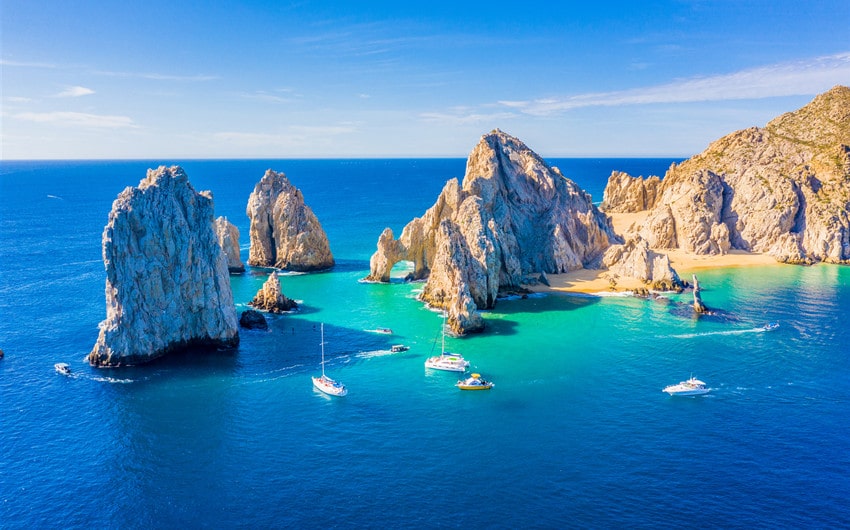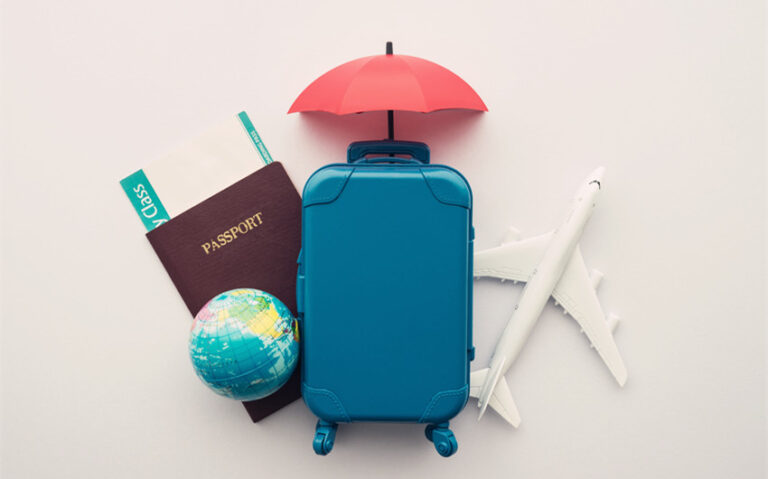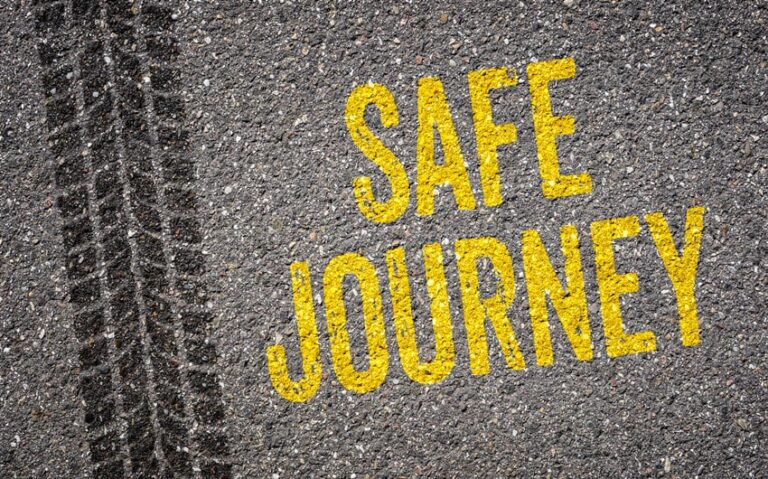Do You Need a Passport to Travel to Cabo? Everything You Should Know First
Do you need a passport to travel to Cabo? If that question’s popped into your head, you’re not alone. Cabo San Lucas feels both close and far—exotic but oddly accessible. The truth is, whether or not you need a passport depends on how you’re getting there and what you plan to do once you arrive. But the answer is more than a simple yes or no—it’s tied to rules, exceptions, risks, and unexpected realities. And if you’re someone who thrives on details others overlook, this is worth unpacking properly.
Understanding Cabo’s Geography and Appeal
Cabo San Lucas sits at the very southern tip of Mexico’s Baja California Peninsula. It’s part of the larger municipality known as Los Cabos, which also includes San José del Cabo and the tourist-friendly Corridor between the two. This isn’t just geography—it matters for how you plan your entry.
Unlike resort cities on mainland Mexico, Cabo is closer to many U.S. cities than some parts of the U.S. itself. From San Diego or Los Angeles, a flight takes under three hours. From Phoenix, even less. That proximity leads some travelers to treat it like an extension of Southern California. But don’t let the short flight fool you—Cabo is still a foreign country, and it has its own entry requirements.
If You’re Flying, a Passport Is Not Optional
Let’s be clear. If you’re arriving in Cabo by air from the United States, you must have a valid U.S. passport. Not a passport card. Not a birth certificate. A full, book-style passport.
- Passport validity: Your passport needs to be valid on the day you enter Mexico, but some airlines require at least six months of validity to let you board. Always check the airline’s requirements in advance.
- Entry form (FMM): You’ll also fill out an immigration form called the Forma Migratoria Múltiple (FMM) upon arrival. This document is stamped and returned to you—you’ll need it to leave the country.
- Tourist card fees: Many airlines include the FMM fee in your ticket, but if you’re flying private or with a budget airline, double-check. Losing your FMM could result in a fine or delay when exiting Mexico.
Air travel to Cabo = passport required. That’s the rule, no matter how many tequila tastings are waiting on the other side.
What About Passport Cards?
There’s a common question: can you use a U.S. passport card instead of a full passport? Unfortunately, no. Passport cards are only valid for land and sea travel between the U.S., Canada, Mexico, Bermuda, and the Caribbean. They cannot be used for international air travel.
If you’re flying into Cabo—and you probably are—passport cards won’t get you past security. They’re handy for driving into Tijuana or hopping on a ferry to Cozumel, but not for a flight to Baja.
Closed-Loop Cruises: The Only Gray Area
There’s one exception to the passport requirement: closed-loop cruises. These are cruises that begin and end at the same U.S. port and include stops in foreign countries. If you’re taking a closed-loop cruise that stops in Cabo, you may be able to travel with:
- An original or certified copy of your birth certificate (with a raised seal)
- A government-issued photo ID (like a driver’s license)
But don’t get too comfortable. Cruise lines have their own policies, and they often recommend bringing a passport anyway. If something goes wrong—a missed departure, an injury, an emergency that forces you to fly home—you’ll need a passport to reenter the U.S. by air. And emergencies don’t wait for good timing.
Driving or Walking Across the Border: Not for Cabo
Some travelers assume they can drive or walk across the border into Mexico and make their way to Cabo. While technically possible, this is unrealistic unless you have days to spare and a tolerance for dusty, unmarked highways.
Cabo is over 1,000 miles from the U.S.–Mexico border. That’s about a 24-hour drive, not including stops. And border crossing by car still requires documentation:
- U.S. citizens need a valid passport or passport card
- You must obtain a Temporary Vehicle Importation Permit (TIP) if you plan to drive beyond the border zone
- Mexican auto insurance is required—U.S. coverage won’t count
So technically, yes—you can cross the border by land and drive to Cabo without a traditional passport. But practically? It’s rarely worth the hassle unless you’re embarking on a slow, exploratory road trip with every checkpoint accounted for.
Children’s Travel Requirements
Traveling with children doesn’t change the rules. Kids need passports too if you’re flying. Here’s what to know:
- Minors under 16: For cruise or land travel, they may be allowed to use a birth certificate. For air travel, a passport is required—no exceptions.
- Parental consent: If a child is traveling with only one parent or a guardian, you should bring a notarized letter of consent from the other parent. It’s not always enforced, but border agents may ask for it.
- Teens 16–18: Same rules apply. If flying, they need a valid passport. A driver’s license or school ID won’t cut it.
It’s not just about following rules—it’s about peace of mind when you’re far from home and the sun is sinking behind the Pacific.
If You Lose Your Passport in Cabo
Picture this: the trip is perfect—beach days, mango margaritas, an ocean that doesn’t judge—and then your passport disappears. Maybe it’s lost. Maybe it’s stolen. Either way, you’re not leaving without a replacement.
Here’s what you’ll need to do:
- Report the loss to local authorities (get a police report)
- Contact the U.S. Consular Agency in Los Cabos
- Fill out Form DS-11 and DS-64 for a lost/stolen passport
- Provide ID, passport photos, and a travel itinerary
- Pay the replacement fee
The U.S. Consular Agency in Los Cabos can issue a limited-validity emergency passport in urgent cases. But the process takes time. You may have to reschedule your flight, extend your hotel stay, and rearrange everything you thought was settled.
Best Practices: Protecting Your Passport Abroad
Keep your passport somewhere safe—but accessible. That means:
- Store it in a hotel safe, not your backpack
- Carry a color copy when exploring (and leave the original behind)
- Use a passport holder to prevent wear and tear
- Snap a photo of your passport and email it to yourself
Having digital and physical backups won’t save you from bureaucracy, but they’ll make the chaos a little easier to navigate.
Why You Should Just Bring a Passport—Always
Even if you’re on a closed-loop cruise. Even if your friend swears they got in with just a driver’s license. Even if it feels like Cabo is practically American soil. Bring your passport.
Because plans change. Because flights get canceled. Because the world doesn’t always unfold the way you expect. And if there’s one thing travel teaches you—especially in places like Cabo—it’s that the unexpected is often where the real stories begin.
Don’t miss those stories because you skipped the preparation. Your passport isn’t just an ID. It’s your permission to roam, to adapt, to disappear and return at will.
Cabo Isn’t Complicated—But Travel Is
There’s nothing difficult about Cabo itself. The people are welcoming. The food is unforgettable. The ocean has its own kind of language. But getting there, and getting back—that’s where the details matter.
If you’re the kind of traveler who chases quiet moments and unplanned discoveries, you already know the truth: being prepared isn’t about control. It’s about freedom. Freedom to respond to whatever the road throws your way.
So do you need a passport to travel to Cabo? Yes. And you’ll be glad you brought it—long before you land.







